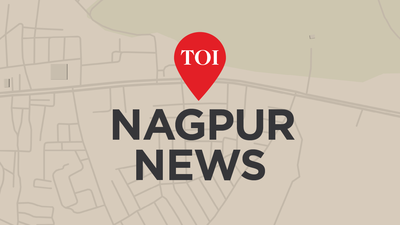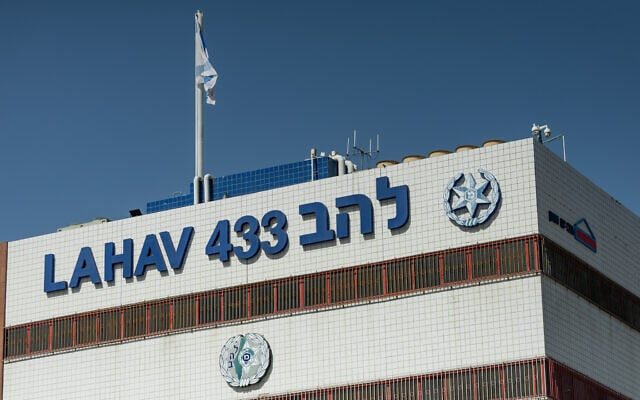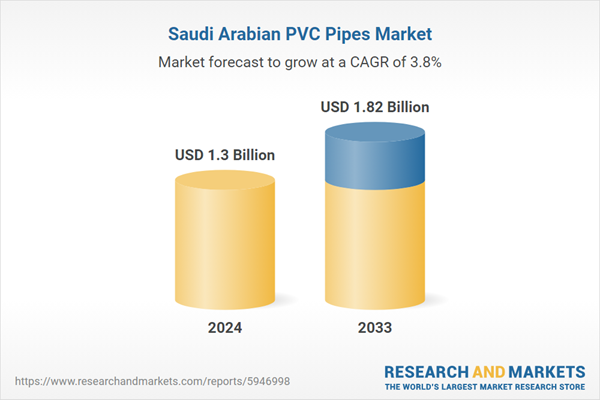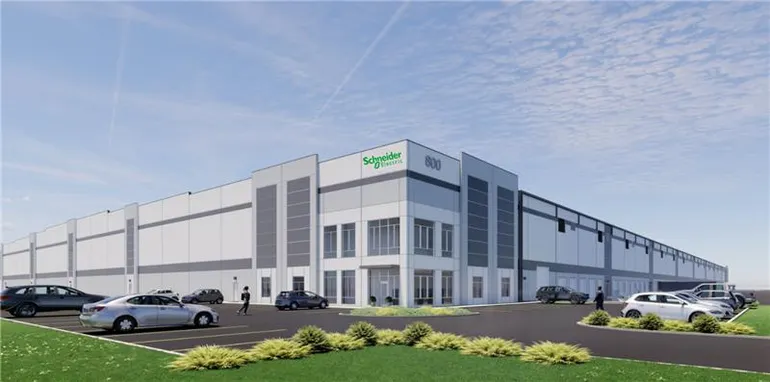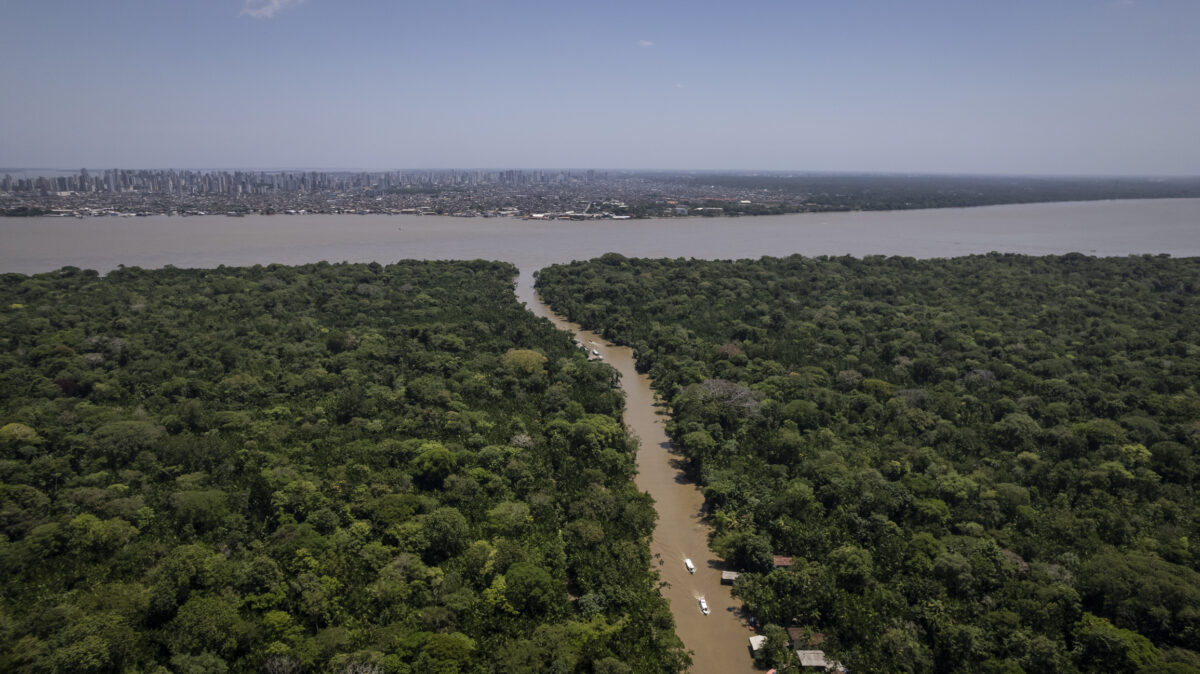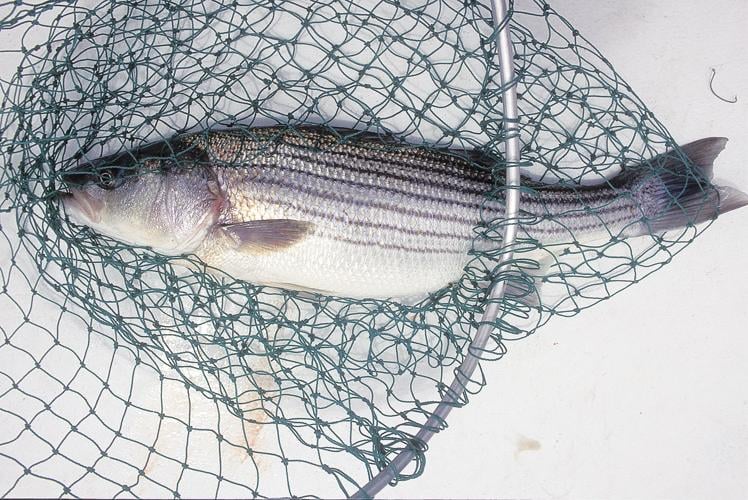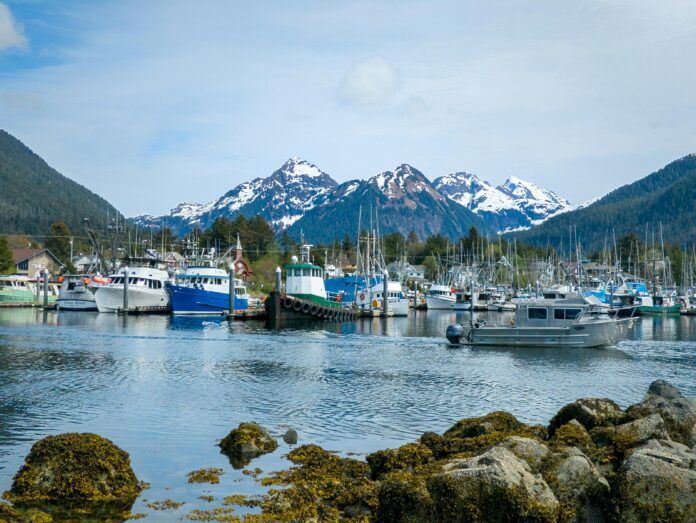Kongsberg Discovery Starts AUV Production In The US – Marine Technology News

Kongsberg Discovery U.S. Production Expansion: A Report on Strategic Alignment with Sustainable Development Goals
Introduction and Strategic Overview
Kongsberg Discovery has announced a strategic decision to commence the production of its HUGIN Autonomous Underwater Vehicle (AUV) within the United States. This initiative is a direct response to escalating demand from U.S. government, commercial, and academic sectors for advanced subsea technology. The initial production phase is slated for the company’s existing facility in Lynnwood, Washington. This expansion is not merely a commercial venture but a significant contribution to several key United Nations Sustainable Development Goals (SDGs).
Contribution to SDG 9: Industry, Innovation, and Infrastructure
The establishment of a domestic production line for HUGIN AUVs directly supports the objectives of SDG 9 by fostering resilient infrastructure, promoting sustainable industrialization, and driving innovation.
- Resilient Infrastructure (Target 9.1): By localizing production, Kongsberg Discovery is building a more robust and responsive U.S.-based supply chain, reducing reliance on international logistics and enhancing national technological self-sufficiency.
- Sustainable Industrialization and Innovation (Target 9.5): This investment enhances the United States’ domestic capacity for producing high-end marine technology. It stimulates research and development, creating a hub for innovation in unmanned underwater systems and contributing to economic growth and job creation, which aligns with SDG 8 (Decent Work and Economic Growth).
Advancing SDG 14: Life Below Water
The operational capabilities of the HUGIN AUV are intrinsically linked to the advancement of SDG 14, which aims to conserve and sustainably use the oceans, seas, and marine resources.
- Increase Scientific Knowledge (Target 14.a): HUGIN AUVs are critical tools for high-resolution seafloor mapping and data collection. This technology enables scientists and researchers to increase scientific knowledge, develop research capacity, and transfer marine technology, all of which are essential for improving ocean health and managing marine ecosystems sustainably.
- Protect Marine Ecosystems (Target 14.2): The detailed environmental data gathered by HUGINs can be used to monitor and protect marine and coastal ecosystems from pollution and other adverse impacts, including those from subsea infrastructure projects.
Supporting SDG 16: Peace, Justice, and Strong Institutions
The increased demand from the defense sector highlights the HUGIN’s role in promoting maritime security, a cornerstone of SDG 16, which focuses on building peaceful, just, and inclusive societies.
The technology addresses several high-priority naval requirements that contribute to regional and global stability. Key operational applications include:
- Intelligence Preparation of the Operational Environment (IPOE): Enhancing situational awareness to prevent conflict.
- Mine Counter Measure (MCM): Clearing naval mines and unexploded ordnance, which makes waterways safer for both military and civilian vessels and protects marine life (SDG 14) from the threat of underwater explosives.
- Subsea and Seabed Warfare (SSW): Providing capabilities that act as a deterrent and help maintain peace and security in the maritime domain.
By providing these capabilities to the U.S. Navy and 11 other allied navies, Kongsberg Discovery contributes to the strength and effectiveness of institutions responsible for maintaining peace and security at sea.
Fostering Global Partnerships for the Goals (SDG 17)
This strategic expansion exemplifies SDG 17 by strengthening partnerships between the private sector (Kongsberg Discovery) and public institutions (U.S. Navy, government agencies), as well as academic and commercial entities. The transfer and localization of advanced marine technology foster a collaborative environment aimed at achieving shared security and sustainability objectives, demonstrating a powerful model for public-private partnerships in pursuit of the Global Goals.
1. Which SDGs are addressed or connected to the issues highlighted in the article?
The article discusses issues that connect to several Sustainable Development Goals (SDGs). The primary focus on industrial production, technological innovation, and partnerships for security and scientific purposes links directly to the following SDGs:
- SDG 9: Industry, Innovation and Infrastructure
- SDG 14: Life Below Water
- SDG 16: Peace, Justice and Strong Institutions
- SDG 17: Partnerships for the Goals
2. What specific targets under those SDGs can be identified based on the article’s content?
Based on the article’s content, several specific targets under the identified SDGs can be pinpointed:
SDG 9: Industry, Innovation and Infrastructure
- Target 9.2: Promote inclusive and sustainable industrialization and, by 2030, significantly raise industry’s share of employment and gross domestic product.
- Explanation: The decision by Kongsberg Discovery to “start production of HUGIN… in the U.S.” and establish a “future production facility” directly contributes to industrialization and infrastructure development in the United States.
- Target 9.5: Enhance scientific research, upgrade the technological capabilities of industrial sectors in all countries… encouraging innovation.
- Explanation: The article is centered on “advanced subsea technology” and the “ongoing development” of HUGIN systems. The company’s investment is driven by the “growing recognition of unmanned underwater vehicles’ (UUV) capabilities,” which signifies a direct effort to upgrade technological capabilities and foster innovation.
SDG 14: Life Below Water
- Target 14.a: Increase scientific knowledge, develop research capacity and transfer marine technology… in order to improve ocean health and to enhance the contribution of marine biodiversity to the development of developing countries.
- Explanation: The article states that HUGIN is used for “seafloor mapping operations.” This application of marine technology directly contributes to increasing scientific knowledge about the seabed and marine environments. The delivery of these vehicles to “academic sectors” further supports the development of research capacity.
SDG 16: Peace, Justice and Strong Institutions
- Target 16.a: Strengthen relevant national institutions… to build capacity at all levels… to prevent violence.
- Explanation: The article highlights that the increased demand for HUGIN is from the “defense sector” due to “global tension.” The technology is delivered to the “U.S. Navy” and used for missions like “Mine Counter Measure” and “Subsea and Seabed Warfare.” This strengthens the capacity of a key national institution (the Navy) to ensure security and peace.
SDG 17: Partnerships for the Goals
- Target 17.17: Encourage and promote effective public, public-private and civil society partnerships.
- Explanation: The article explicitly mentions that Kongsberg Discovery, a private company, has “delivered HUGIN to the U.S. Navy and other organizations within the government (public), commercial (private) and academic sectors (civil society).” This demonstrates a clear public-private-civil society partnership model.
3. Are there any indicators mentioned or implied in the article that can be used to measure progress towards the identified targets?
The article implies several indicators that can be used to measure progress towards the identified targets:
SDG 9: Industry, Innovation and Infrastructure
- Indicator for Target 9.2: The establishment of a new “production facility in Lynnwood, Washington” serves as a direct indicator of investment in industrial infrastructure.
- Indicator for Target 9.5: The number of “HUGIN” units produced and delivered, and the investment in “ongoing development” of UUVs, are indicators of technological upgrading and innovation.
SDG 14: Life Below Water
- Indicator for Target 14.a: The use of HUGIN AUVs for “seafloor mapping operations” is an indicator of the application of marine technology for scientific research. The number of academic institutions equipped with this technology could also be a metric.
SDG 16: Peace, Justice and Strong Institutions
- Indicator for Target 16.a: The number of navies (stated as “12 navies”) using HUGIN for security missions like “Mine Counter Measure” is a quantifiable indicator of strengthened institutional capacity for security.
SDG 17: Partnerships for the Goals
- Indicator for Target 17.17: The existence of contracts and deliveries between Kongsberg Discovery and organizations in the “government, commercial and academic sectors” is a clear indicator of active public-private-civil society partnerships.
4. Create a table with three columns titled ‘SDGs, Targets and Indicators” to present the findings from analyzing the article. In this table, list the Sustainable Development Goals (SDGs), their corresponding targets, and the specific indicators identified in the article.
| SDGs | Targets | Indicators |
|---|---|---|
| SDG 9: Industry, Innovation and Infrastructure | 9.2: Promote inclusive and sustainable industrialization.
9.5: Enhance scientific research and upgrade technological capabilities. |
Establishment of a U.S.-based production facility for HUGIN AUVs.
Delivery of “advanced subsea technology” to government and commercial customers. |
| SDG 14: Life Below Water | 14.a: Increase scientific knowledge, develop research capacity and transfer marine technology. | Use of HUGIN vehicles for “seafloor mapping operations” and their delivery to “academic sectors.” |
| SDG 16: Peace, Justice and Strong Institutions | 16.a: Strengthen relevant national institutions to build capacity to prevent violence. | Delivery of HUGIN to the “U.S. Navy” and its use by “12 navies” for security missions like “Mine Counter Measure” in response to “global tension.” |
| SDG 17: Partnerships for the Goals | 17.17: Encourage and promote effective public, public-private and civil society partnerships. | Collaboration and delivery of HUGIN technology to “government, commercial and academic sectors.” |
Source: marinetechnologynews.com

What is Your Reaction?
 Like
0
Like
0
 Dislike
0
Dislike
0
 Love
0
Love
0
 Funny
0
Funny
0
 Angry
0
Angry
0
 Sad
0
Sad
0
 Wow
0
Wow
0









